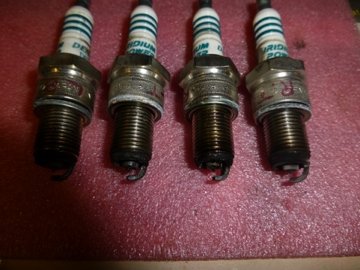
From left to right; left bottom-left top-right bottom-right top.
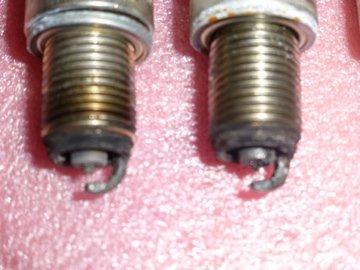
Left bottom-left top
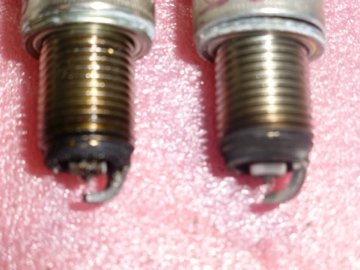
Right bottom-right top
Plugs are Iridium. Used for 3500 miles. Bike runs fine, milage 47-49 mpg - single rider with only the topbox.
Pictures not that good. Right side always a bit ?oilier?, although I?ve learned not to have too much oil in the engine.
Do they look about right? I feel I could run leaner. Ignition is Silent Hektik.
Sincerely
Hans
Norway

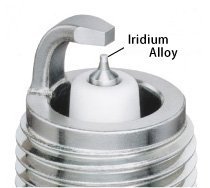
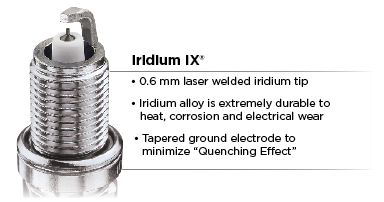
 ...........God bless........Dennis
...........God bless........Dennis